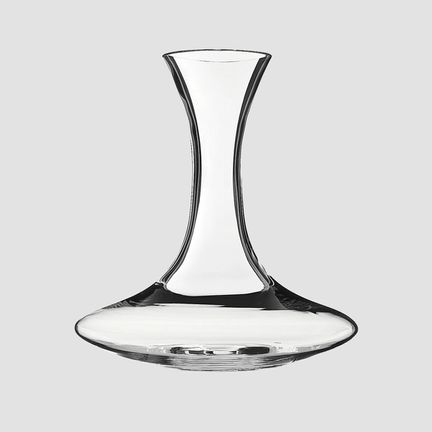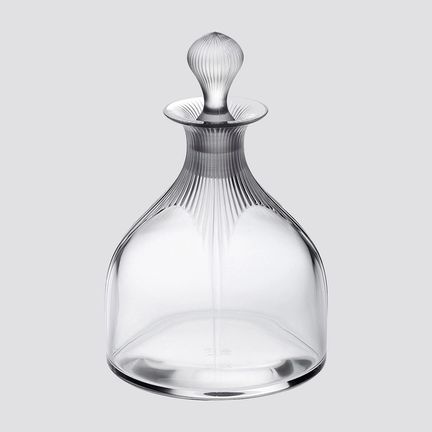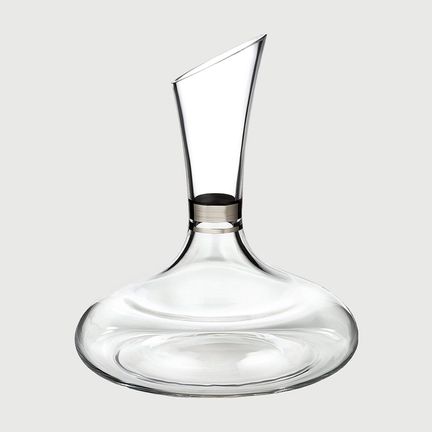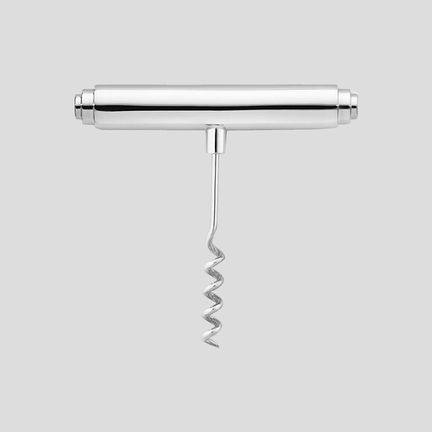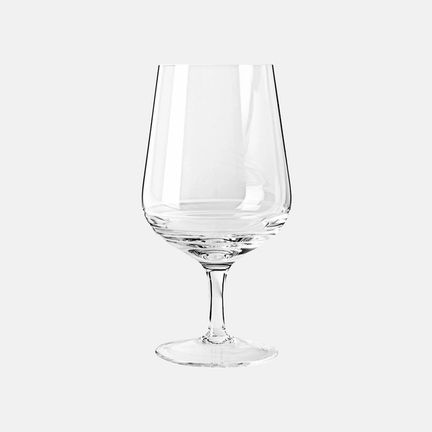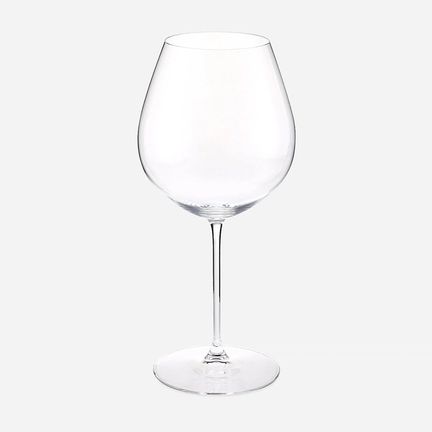

How to decant wine, according to a top collector
From standing your wine to checking for sediment, this is how to make the best of your bottles
Words: Jonathan Wells
Let’s be honest — after a long day at the office, the only vessels we care about decanting wine into are our mouths. We tend to forgo the pomp and protocol, choosing instead to slosh our reds, whites and rosés straight into the nearest glass before slumping and sipping on the sofa.
But hold on a wine-soaked second. These bottles are made to be savoured, appreciated and adored. And a key part of this enjoyment is in decanting. If you’ve built up an admirable collection — and you should have — don’t undermine your efforts by not observing proper wine etiquette.
Instead, follow the rules. We turned to Alexander Mackh, the man behind @alpinecellar and collector of over 10,000 bottles of wine, to find out how you should be serving your vino. So set down your corkscrew, dust off your decanter, and learn how to do your wine justice.

Take your wine out of storage and stand it up
First up, after you’ve taken the time to select the perfect bottle from your collection, you must stand it up. This is a key part of the process, says Mackh, and of paramount importance to get the best drinking experience possible from your bottle.
“I would say you should stand your bottle upright for at least a day before you drink it,” says the collector, “and that goes for old bottles and young ones. This gives the sediment a chance to move to the bottom of the bottle and settle.”
Select a decanter that suits your particular wine
Standing’s just the start. To do your wine justice, you must find the perfect decanter in which to pour it. And, although you’re unlikely to own more than one of these cut glass or crystal vessels, each are crafted to bring out the flavours of different wines.
“For younger wines,” advises Mackh, “I would use a decanter with a large surface area. For older wines, I’d choose one with a smaller surface area — because it’s not good for old bottles to be exposed to too much air at one. They need to breath slowly.”
Mackh also suggests smelling your decanter before you pour your wine, to ensure it’s neutrality. Then, before the main pour — and after you’ve opened it carefully (see below) introduce a little of the wine to the decanter and swirl it round, rinsing the walls of the vessel.
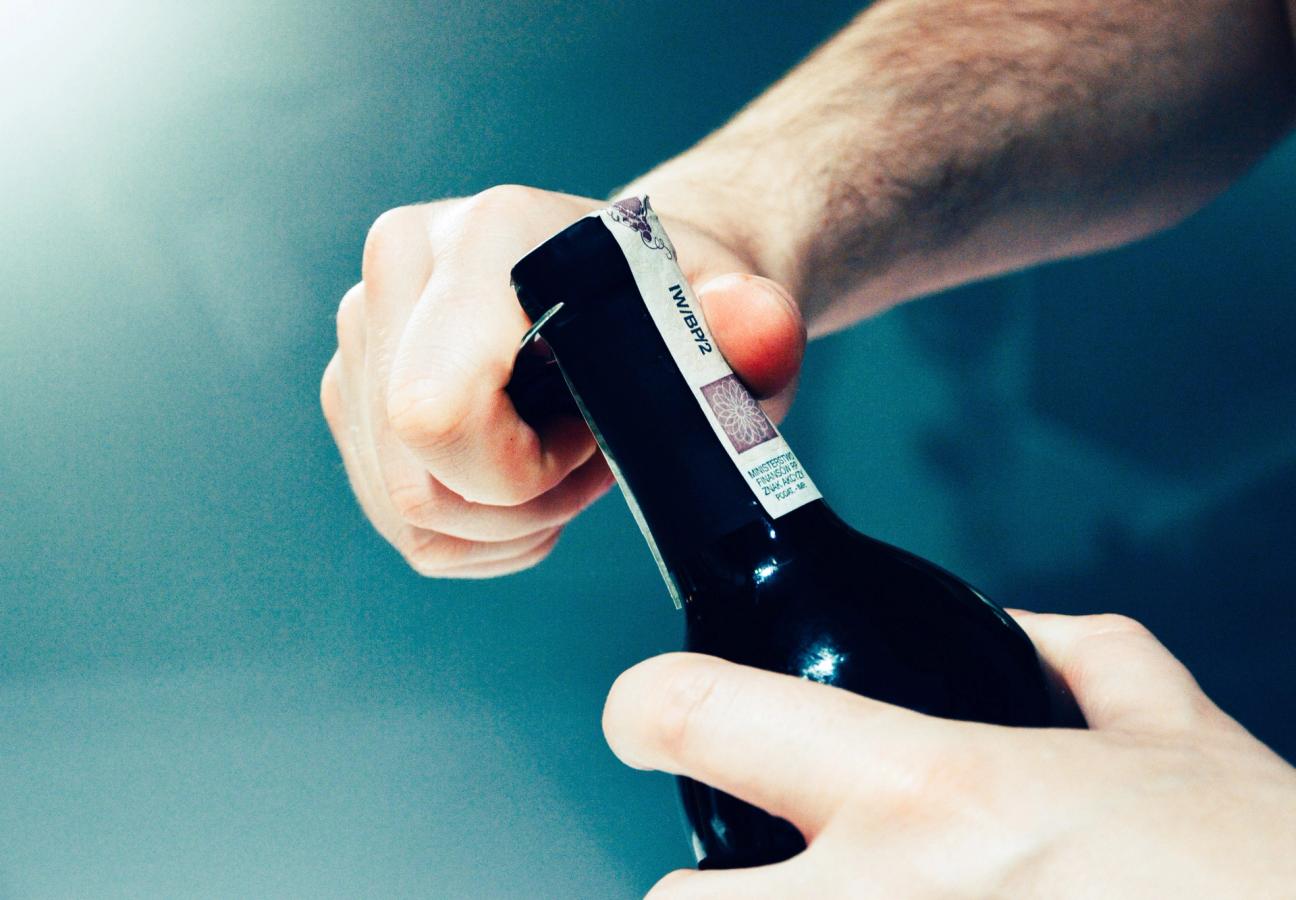
Uncork your wine carefully, and try before your pour
Now things are getting serious. Take your bottle — that’s been standing for at least a day, remember — and carefully cut the foil from the neck. Next up, clean the top if necessary and then extract the cork carefully using a reliable corkscrew — there’s nothing worse than using sub-par equipment that tears up your cork.
“After you’ve done this,” continues Mackh, “try the wine in a glass before you put it in a decanter. This way, you’ll be able to tell if it requires air.”

Illuminate the neck and pour into the decanter
This is it. The decanting. Mackh advises you light a candle — or even flick on the torch on your iPhone — and hold this under the neck of the bottle to ensure it is clear.
“Then pour the wine into the decanter,” he adds. “And use the light to see when the sediment comes. These sediments, that should have settled at the bottom of the bottle, come from the acids that have crystallised during the winemaking process — or from bits of stems.
“And you don’t want them in your glass, because they taste very bitter.”
Leave your wine in the decanter to air before drinking
You’ve done the decanting, so now it’s time to focus on the drinking. But, as the collector reveals, it is impossible to say how long to decant a wine for — because this depends on the age, vintage, temperature and innumerable other factors. So spend this time choosing the perfect glass.
“I usually only decant because of sediments,” admits Mackh, “as it is better for the wine to open up slowly. Unfortunately sometimes wines are so closed they need hours in the decanter to open.”
As a guide, we’d recommend young reds should breathe for one to two hours, with more mature bottlings needing only 30 minutes or so. And, although most people don’t think to decant white wines, some dry examples — such as Rieslings and Rhônes — may benefit from 20 to 40 minutes in a decanter.
Want a more in-depth guide to glassware? We’ve got you covered…
